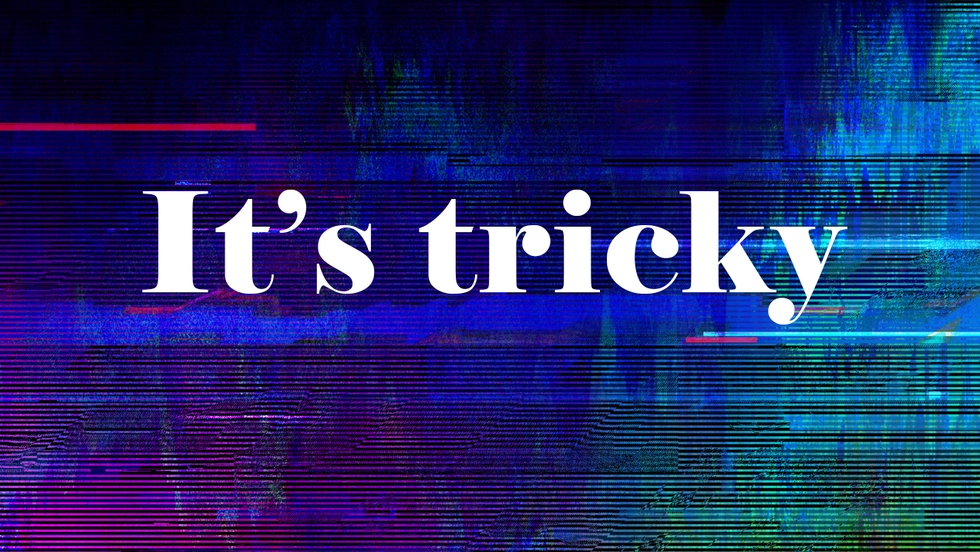It’s tricky – the challenge of translating technical texts
3 Dos and Don’ts for your technical translations
Construction manuals, user manuals, operating manuals, user instructions, assembly manuals, online assistance, process descriptions, QM handbooks, training documents, tutorials – so many different texts contain technical information.
In our technology-oriented world, their number continues to rise. Numerous laws, (EU) directives and norms also mean that manufacturers of technical devices have to fulfil more and more complex information requirements – and as a result, the demand and quality standards for the translation of technical documentation also increase in turn.
According to the Gesellschaft für Technische Kommunikation, known as tekom for short, product information is on average translated into twelve different languages. But can these painstakingly produced technical texts simply be entrusted to any random translation agency? Definitely not! And technical authors themselves are well aware of this. After all, there are specific rules governing technical communication, and they are actually quite numerous.
Technical documentation – exact and unambiguous
The rules of technical communication are intended to ensure that content is never ambiguous, leaving no room for interpretation – so the content cannot be misunderstood.
To put this into perspective: an advertising text for a product is intended to win over potential buyers – often they succeed in doing this both with coherent content AND on the meta-level. Alongside the basic information, they resonate with promises that are intended to trigger the precise feelings which incite customers to make a purchase.
On the other hand, product information texts should be as factual as possible. Such texts are required to explain exactly how the product should be used with zero ambiguity – and with NO meta-level. The main task of technical documentation is to rule out as far as possible any form of ambiguity in order to avoid user errors.
Correct utilisation – this can be a life-saver
Whereas imprecise operating instructions for a toy car may “only” potentially cause frustration, a production line of incorrectly assembled vehicles can cause consequential costs running into the millions. And apart from one-off financial damages or medium-term loss of image, incorrect utilisation due to an ambiguously formulated technical document can also lead to personal damages, which in the worse case scenario can even cause danger to life.
Technical communication is an important aspect of product safety, amongst other things because of descriptions of protective measures, warnings and storage life information, and is therefore part of the legal duty of care of companies to prevent harm to end consumers.
Technical documentation – consistency is key
Consistency – the uniform use of consistent linguistic devices – is the key to producing texts which are as unambiguous as possible. This is the ultimate aim of technical communication. This means that all terms and formulations used in the documentation must always be used in the same form without exception – both within a text and also generally across documents and media.
Varied synonyms and paraphrasing would have a negative effect on the quality in this case. Instructions are one example of this, which are often found in technical documentation such as manuals and user instructions: Click the button and Select the interface may be synonymous with regard to content, but should not be used interchangeably, as this only causes unnecessary confusion.
Strictly consistent
This “principle of equality” in technical communication applies to word selection, sentence construction, document structure and formatting in equal measure. Not only this, but operating instructions should be formulated chronologically as a rule, in such a way that the What is explained first, then if applicable the where and then finally the how?
Example: To complete the registration process (what), click on the email (where) to follow the activation link (how). And not: Click on the activation link in the email, then registration will be complete.
If the language and layout follow the stipulated rules, then technical documentation works like traffic lights: it can be quickly grasped by participants, it is easy to understand and it offers them a helpful point of orientation.
Technical translation – similar, but different
Very similar rules apply to translations of these text types. Technical translation is a discipline in its own right in the field of technical communication. That’s because by its very nature, all of the rules that apply in one language cannot always be transposed 1:1 to all other languages without sounding odd or even allowing room for misunderstandings.
Anyone commissioning technical translations should therefore bear the following dos and don’ts in mind:

